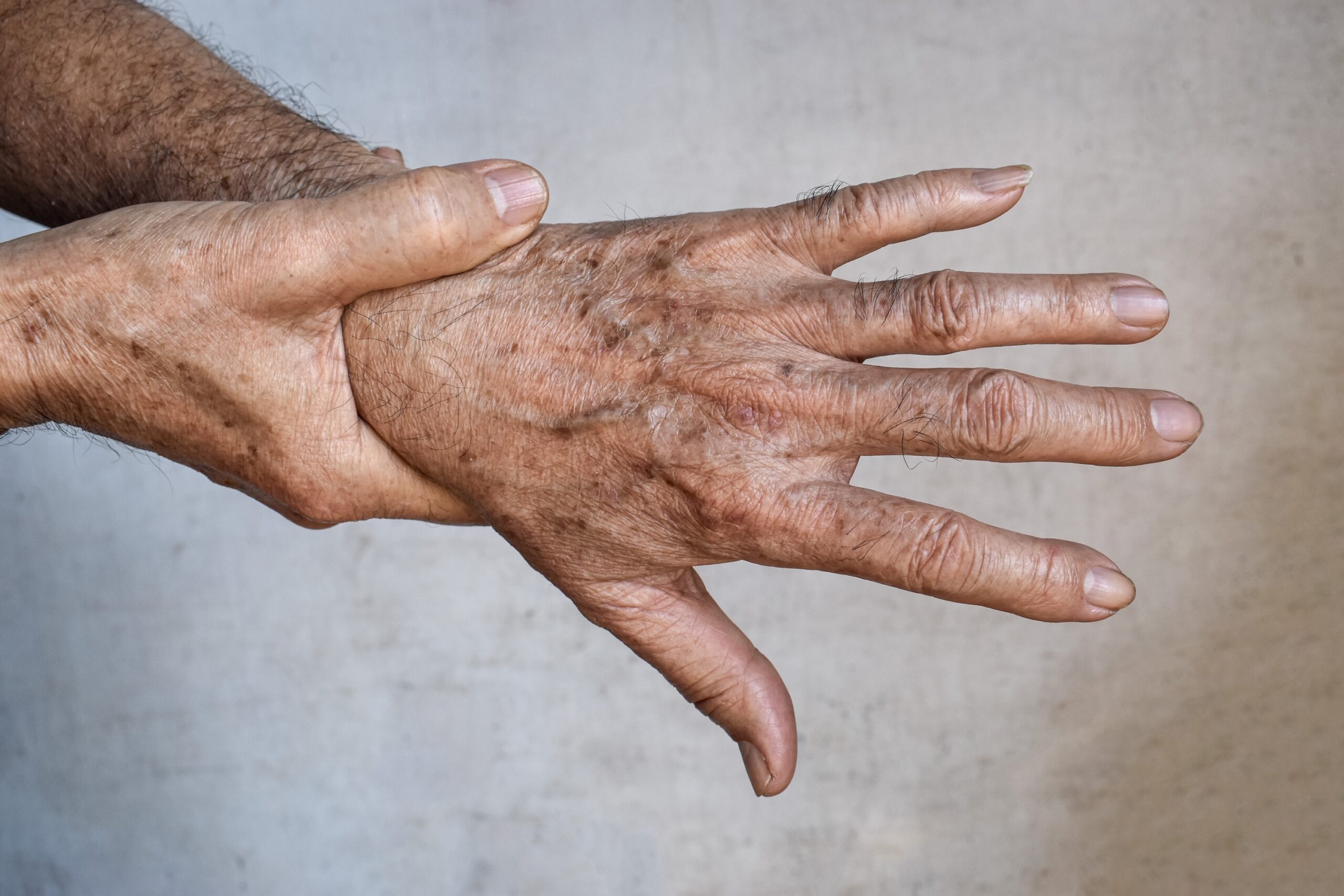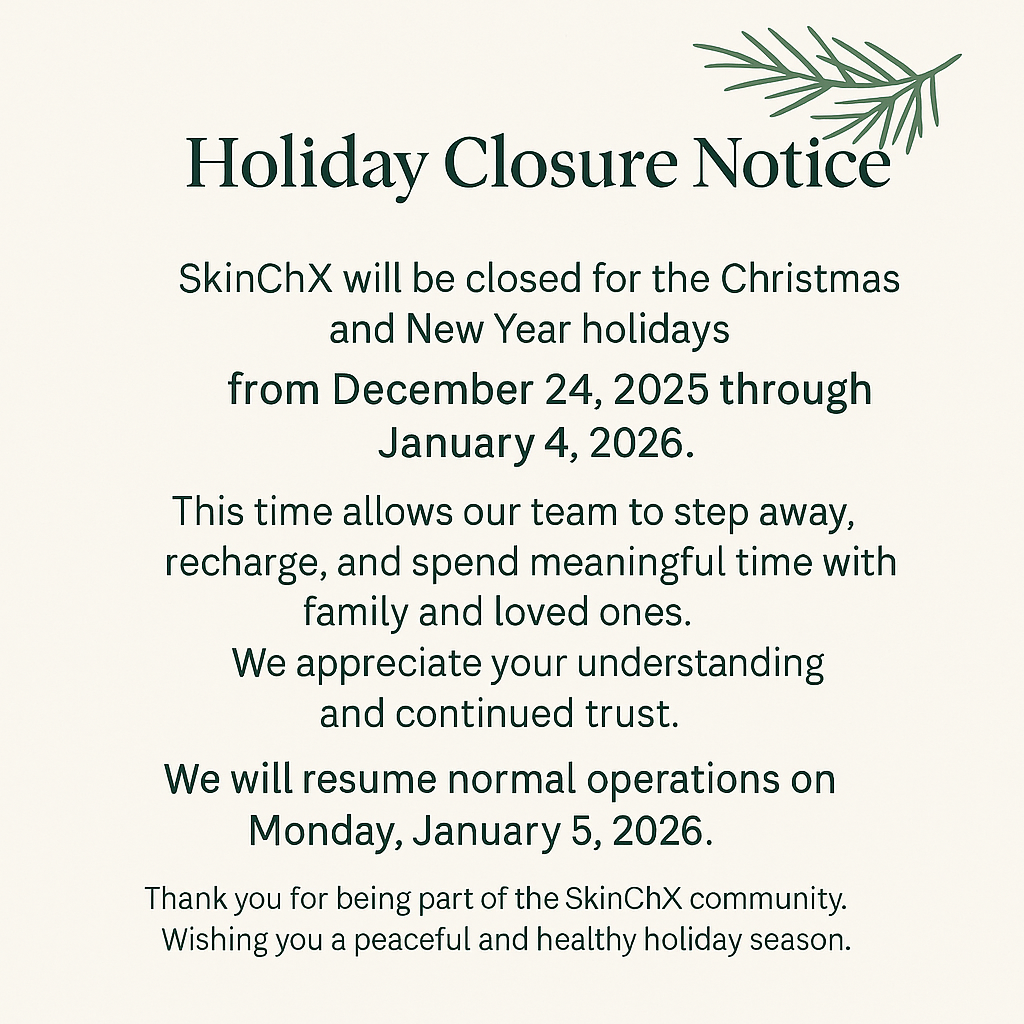- Chris Comans
- 0 Comments
We often think of sun protection as something we do for our face, arms, and legs — but one of the most exposed parts of the body is also one of the most overlooked: our hands. In Western Australia’s intense climate, the tops of the hands are a common site for non-melanoma skin cancers such as basal cell carcinoma (BCC) and squamous cell carcinoma (SCC), as well as actinic keratosis, a pre-cancerous sun damage condition.
As a Dermal Clinician and Skin Cancer Screening Practitioner, I regularly see sun damage on hands, often in people who are otherwise careful with sun protection. The reason? The hands are exposed far more than we realise — and even when we apply sunscreen, it often doesn’t stay on for long.
Why the Tops of the Hands Are at Risk
The skin on the tops of the hands is thin, with very little fat underneath for protection. This makes them more vulnerable to damage from ultraviolet (UV) radiation.
Even if you wear long sleeves, your hands are still exposed during most daily activities — gardening, fishing, working outdoors, or simply walking to and from your car.
One of the biggest challenges is that sunscreen doesn’t last long on your hands. We often apply it in the morning, then wash our hands, handle objects, or towel dry after getting wet. This means any protection is quickly removed, leaving the skin exposed again.
Driving and Hand Sun Damage
Driving long distances is part of life in Western Australia. Whether commuting to work or travelling between towns, our hands rest on the steering wheel, fully exposed to sunlight streaming through the windscreen.
While windscreens block most UVB rays, they allow UVA rays to pass through — and UVA penetrates deeper into the skin, contributing to both ageing and skin cancer development. Over years of driving, this exposure adds up.
Common Conditions I See on Hands
Actinic Keratosis
- Appears as rough, scaly patches on sun-exposed skin.
- Caused by cumulative sun damage.
- Considered pre-cancerous because it can progress to SCC if untreated.
Basal Cell Carcinoma (BCC)
- May look like a pearly bump, a flat patch, or a sore that doesn’t heal.
- Often caused by long-term UV exposure.
- Usually slow-growing but can damage surrounding tissue if not addressed.
Squamous Cell Carcinoma (SCC)
- Often presented as a scaly, red, or thickened area that may be tender.
- More likely to occur on the backs of the hands than other areas due to direct UV exposure.
- Can spread if left untreated, making early detection important.
Prevention Strategies for Healthy Hands
Protecting your hands from the sun requires a few extra habits:
- Reapply sunscreen regularly, especially after washing your hands or swimming.
- Use a high SPF hand cream with broad-spectrum protection for everyday wear.
- Wear gloves when gardening, working outdoors, or driving long distances.
- Consider fingerless gloves for driving — they protect the backs of your hands from UV while keeping your grip and dexterity.
- Be mindful of reflective surfaces — water, sand, and even concrete can bounce UV rays onto your hands.
Why Regular Screening Matters
Hands are one of the most common areas where I find early-stage skin cancers during screenings. Many people simply don’t notice changes on their own hands because they’re looking for larger or more obvious spots elsewhere.
During a skin check, I closely examine the hands — including between the fingers and around the nails — using a dermatoscope to detect subtle changes that could indicate early skin cancer or precancerous lesions.
What to Watch For on Your Hands
- A spot that is changing in size, colour, or texture.
- A sore or scaly patch that doesn’t heal within a few weeks.
- Rough, sandpaper-like patches.
- Small lumps that bleed easily or crust over.
If you notice any of these signs, it’s worth having them assessed promptly.
When to Book Your Skin Check
If you haven’t had a skin check in the past year, or if you have a history of sun exposure without consistent hand protection, now is the time to make it a priority.
Your hands work hard for you every day — they deserve the same level of sun protection and care as the rest of your body. In our Western Australian climate, early detection of sun damage can make all the difference in preventing more serious problems later on.
Christine Comans
Dermal Clinician & Skin Cancer Screening Practitioner
Based in Subiaco, WA | Servicing metropolitan and regional areas
www.skinchx.com.au

